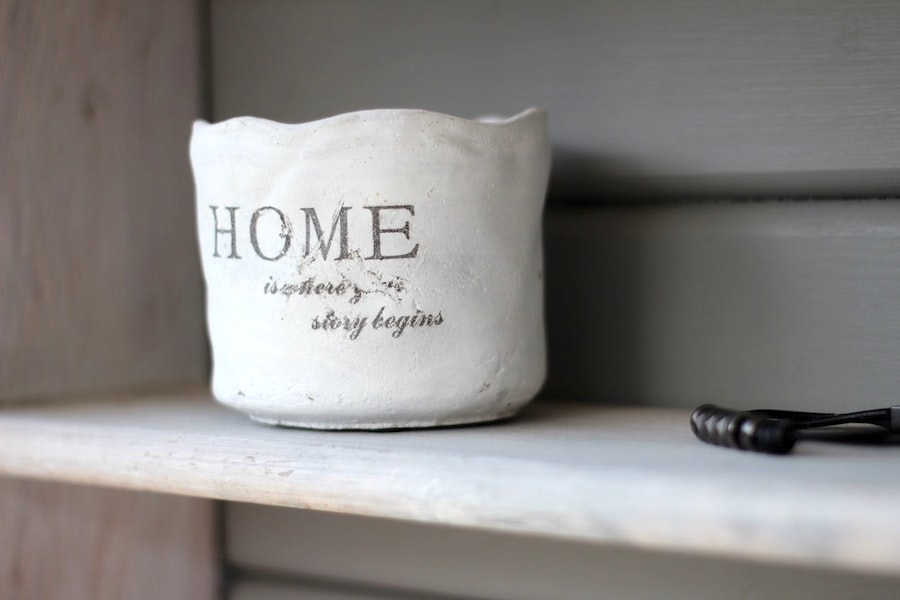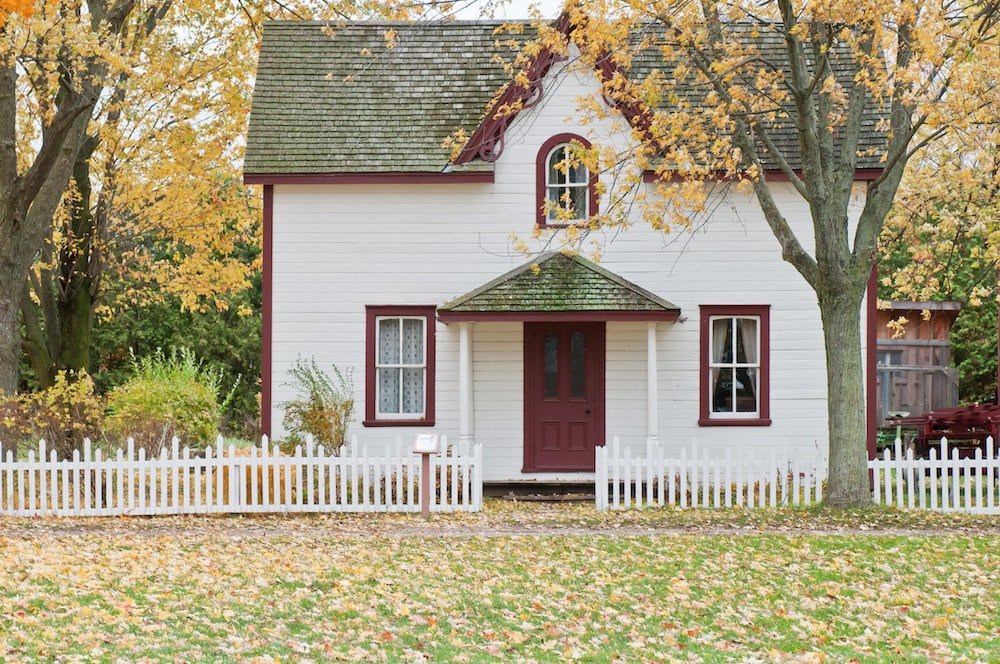
Closing costs can be an unwelcome surprise to every homebuyer, even if you aren’t a first-time homebuyer. The truth is, every home loan includes closing costs as part of the transaction—new home loans, home renovation loans, investment properties, condos, and refinancing. If you’re getting approved for a new mortgage, deciding how to pay for closing costs is important.
The good news is that homebuyers have several options for paying closing costs.
An experienced mortgage advisor can help explain the different ways to cover closing costs and the best programs to help you meet your financial goals. This article offers a few top highlights.
Related: How to win the bidding war for new homebuyers in 2022
HOW TO PAY FOR CLOSING COSTS: KNOW YOUR OPTIONS
Many homebuyers choose to pay closing costs upfront once the purchase or refinance is complete.
However, paying a large sum of money out-of-pocket sometimes isn’t the best financial option.
Closing costs are one-time expenses due at closing—typically 2-5% of the home loan amount. Line items covered by closing costs often include loan origination fees, appraisal fees, title insurance, property taxes, and more. You can find a more extensive list here.
Top 5 Ways to Pay Closing Costs
If you’re looking for a way to lower your out-of-pocket expenses at closing, these are the most popular options:
- Pay closing costs upfront when you sign the new loan
- Roll the closing costs into your loan
- Agree to have the lender pay closing costs in exchange for a higher rate
- Negotiate with the seller to cover some fees
- Apply for HUD-approved grants to help pay for closing costs
1. Pay for closing costs upfront.
This is a common approach to paying closing costs. When you get ready to sign the final papers and close on your new mortgage, there will be a final balance due. You can pay this in full (typically with a cashier’s check) right then and there.
For homebuyers short on cash, this can be costly. Especially since you want to have enough savings to cover new home expenses or unexpected repairs that might come up.
2. Roll the closing costs directly into the mortgage.
Adding closing costs to a home loan is another option that helps homebuyers lower out-of-pocket expenses. When you decide to roll the closing costs into your mortgage, the lender simply adds the amount of the closing costs to your original loan amount.
For example, if your purchase price is $400,000 with a down payment of $40,000 (10%), your home loan would be $360,000. Let’s assume closing costs for your new mortgage are $10,800 (3%). The mortgage lender would add that amount to the loan, putting your new mortgage at $370,800.
This can be an attractive solution for new homeowners who can afford a slightly higher mortgage payment and don’t want to pay closing costs upfront.
Related: How to refinance a mortgage without an appraisal fee
3. Ask your mortgage lender about a no-cost or zero-cost loan to cover closing costs.
Some mortgage lenders offer what’s called a no-cost mortgage. In this case, the mortgage lender will pay all (or most) of your closing costs upfront and increase the mortgage rate in exchange.
This is a profitable option for the lender since the lender will have a higher return over the life of the loan, and closing costs are a fixed amount.
For first-time homebuyers, lowering out-of-pocket expenses could help you become a homeowner sooner.
4. Negotiate with the seller to decide who pays for closing costs.
It’s common for a seller and buyer to negotiate who pays for some of the closing costs as part of the final contract. Often the seller will offer to cover some of the closing costs, but if the property is in a high-demand area, the buyer will cover the closing costs in full.
5. Apply for housing grants that help pay for closing costs.
Sometimes, rolling the closing costs into the mortgage isn’t affordable. Often, it can cause the home loan amount to jump beyond your approved loan amount, or the new mortgage payment isn’t affordable.
Many first-time homebuyers and borrowers with low-to-moderate income can apply to HUD-approved housing agencies for help. These agencies offer grants to help with closing costs. If you think you might qualify, give us a call. We can connect you with some information that might help.
How to Apply for a No-Cost or Zero-Cost Mortgage
Connect with a local mortgage advisor to discuss your options.
Closing costs are to be expected when you apply for a mortgage, whether you pay them out-of-pocket or roll them into a home loan.
Mortgage financing is never one-size-fits-all, and we understand it can be overwhelming to understand all the options available to you. We’re committed to helping you secure the best mortgage at a competitive rate so you can save money on your mortgage.
Connect with a local mortgage advisor and find out which option helps you meet your financial objectives.
Related: Compare the benefits of Renting vs. Buying in 2022
Taking Action
Don’t let closing costs keep you from your best mortgage.
If you’re considering buying a house or refinancing in 2022, connect with a local mortgage advisor to discuss your options. We can guide you through the process and help you decide which path meets your financial goals. We’d love to help.



